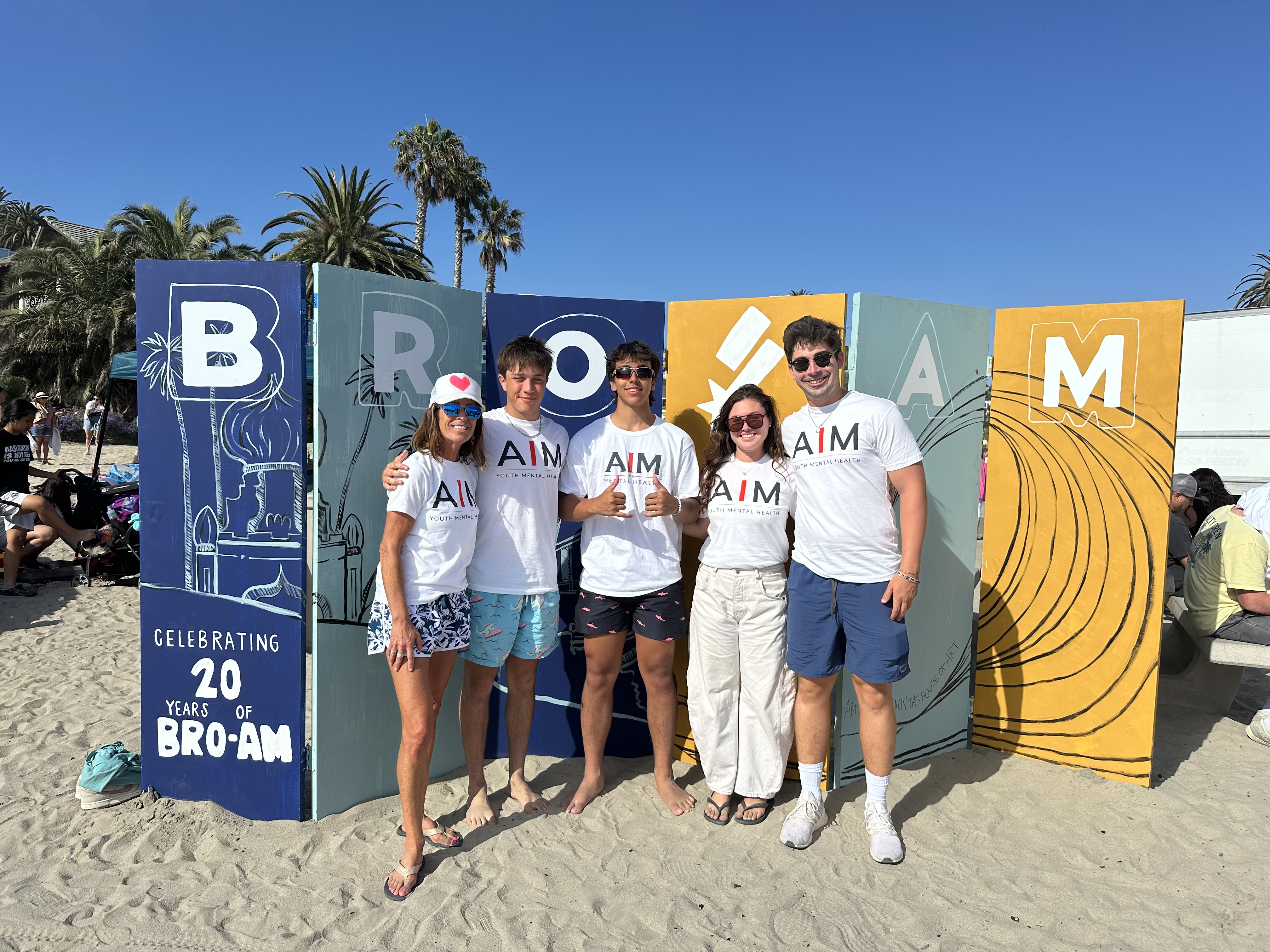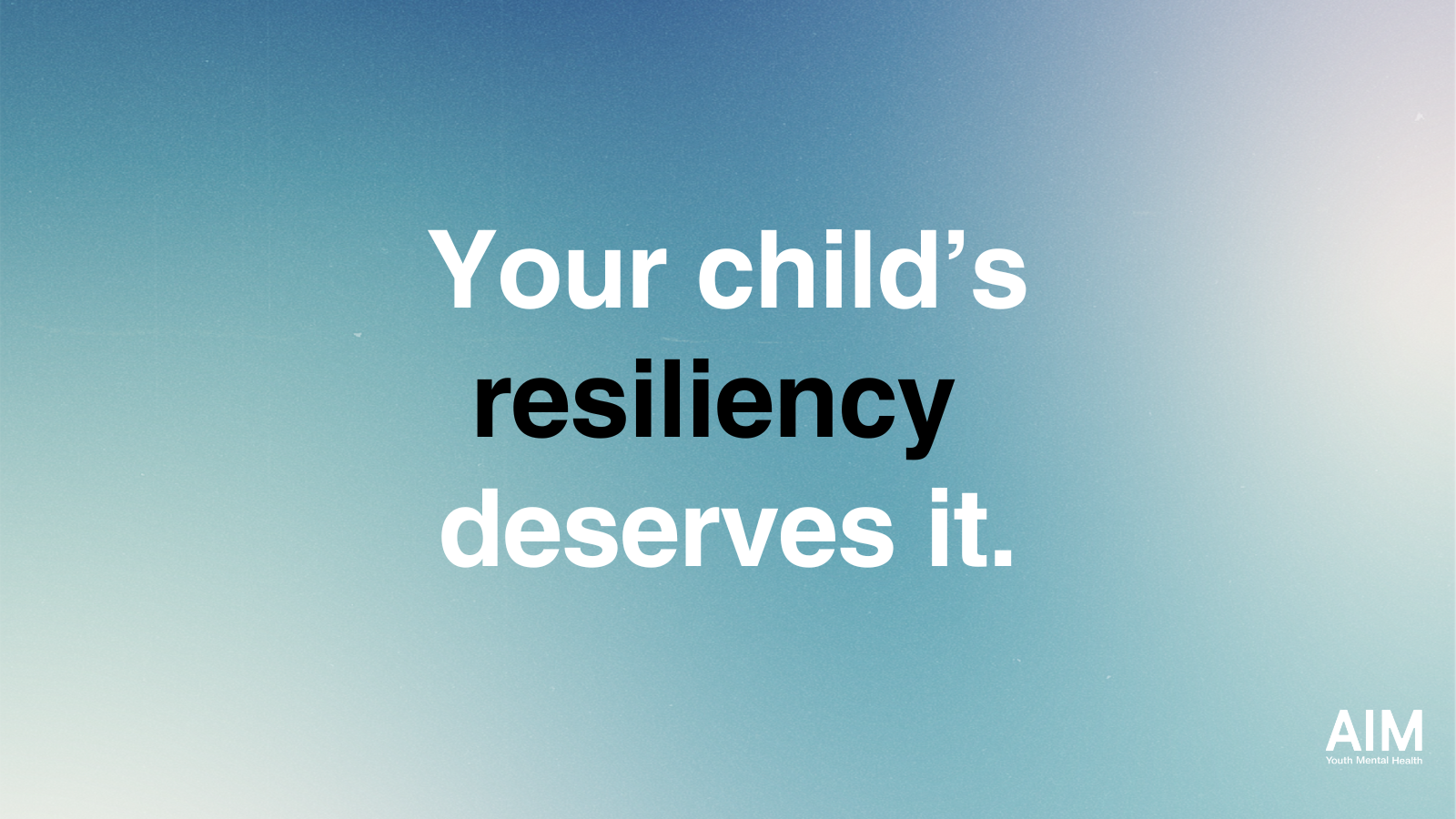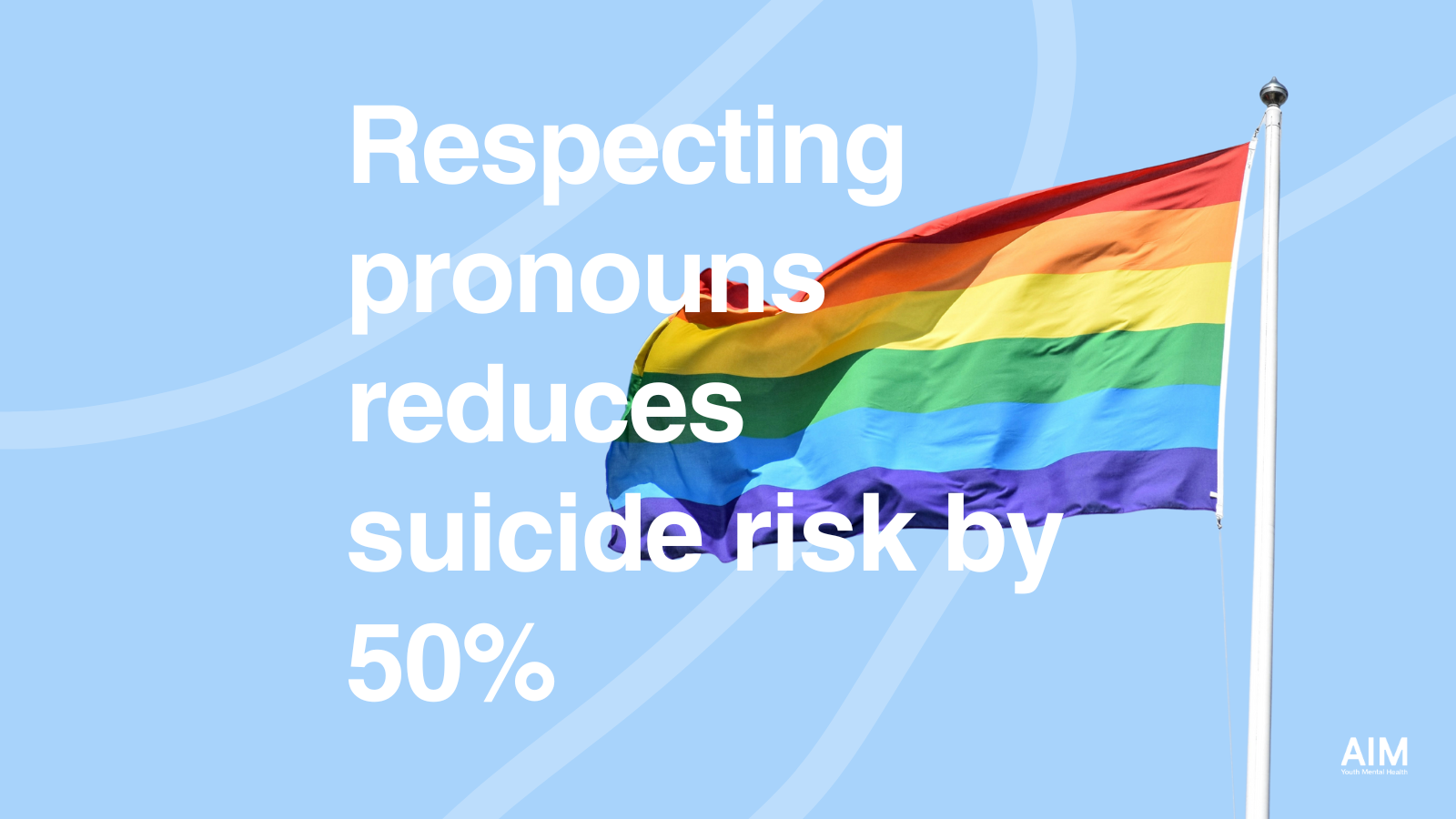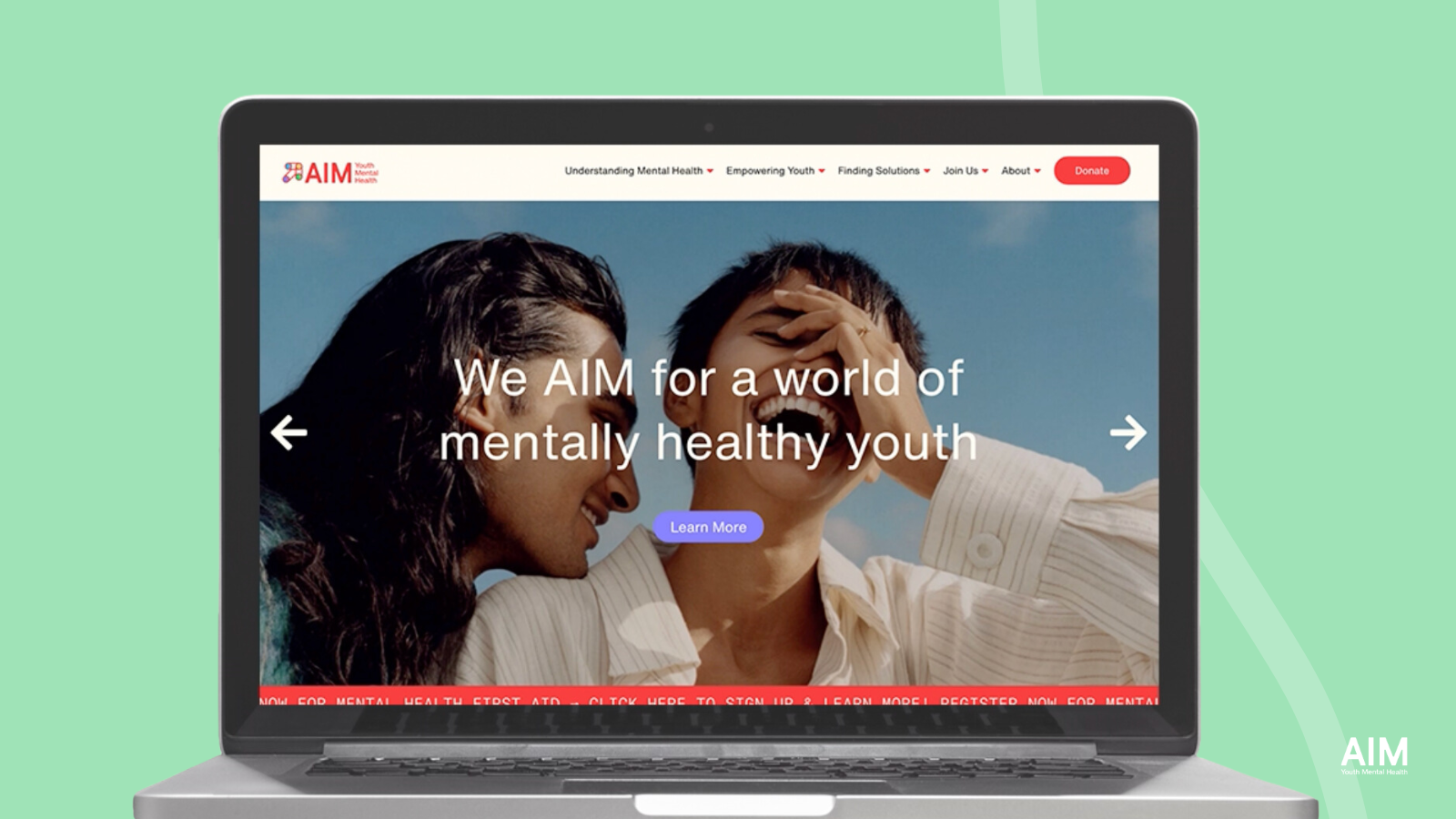I’m not sure art can exist without emotions. Each expressional modality feels as if it only exists as just that: expression. Art seems to ask us to crawl out of our minds and into our feelings and oh, can it evoke some strong ones.
I feel the raised goosebumps on my arms when I listen to a moving piece of music. I’ve heard “ugh, I could’ve done that” countless times in contemporary art galleries. Whether it’s inspiration, envy, validation, connection, disgust, or confusion—art bypasses our logical fallacies and smirks at our intellectualization of our emotional responses. It wants us to feel it. Sometimes lovingly, as if to call us home, and sometimes not unlike a bully looking simply to get a rise out of you.
Perhaps this is the very reason why we’ve seen a throughline of the destruction of art as an act of political protest. “If you’ve dissociated from the political landscape, watch you have to feel this,” they seem to be saying. And it works.
While the context of our experiences may be different, each and every one of us has a common denominator: our emotional landscape. I may not relate to the childhood you had but I can feel the follies of my own inner child. You may not have experienced the loss of a brother as I have, but you know what grief feels like in your own way. Expression in all its forms gets straight to the root of the matter, asking us to remember our similarities.
Art cuts straight through the context and to the core commonality of our humanity within both the act of creating and the sensory experience of consuming. Creating art is cathartic; consuming art is connective. In fact, creating art can be effective in regulating emotions, mood, and mental health—including reducing stress, anxiety, depression, and PTSD. Even viewing art can boost our mood, reduce stress, and enhance our cognitive abilities.
Art is a powerful tool for self-expression and emotional healing by its nature to get to the root of the matter. Research has suggested that some traumatic memories are stored nonverbally and can be recollected through sensory elements (affective, visual, olfactory, auditory, and kinesthetic). In this same way, art therapy provides a safe approach to processing traumatic memories. As further research outlines, art therapy “may facilitate consolidation of experiences by converting an artistic form, representative of emotions and reactions to trauma, into linguistic communication”.
With the catharsis of creating art and the connectivity of absorbing art in mind, we are combining creativity and advocacy for our AIM for Awareness Design Challenge.
We are seeking young advocates (middle school and high school students) to help educate and bust stigma through art.
Each year, our annual AIM for Awareness Design Challenge invites students to submit an Ad that raises awareness about youth mental health challenges, stigma, and solutions.
The prompt is simple: Imagine you are hired by AIM to design an Ad that could be used in magazines or any other media and represent AIM’s movement to promote youth mental health. We are looking for Ads that can provide hope to someone struggling with mental health.
Your Ad may encourage folks to speak up and seek help, or it might encourage others to be empathetic. Your Ad might help reduce the stigma associated with mental illness and substance use disorders and help break the stigma for youth to seek support and treatment. Lean into what inspires you and that inspiration will be felt through the work. In fact, turn this challenge into a caring activity in and of itself for your mental health.
Click here to see the required elements for each piece, as well as more detailed submission information, past examples, and more inspiration. Submissions are open until April 1, 2024 at 5PM PT.
We can’t wait to see what emotions you evoke in your art!
____________________________________
About the Author
Meadowlark Monaghan (she/hers) is a consultant using her knowledge gained as a mental health professional to act as a liaison between brands, creators, + online communities with the field of psychology and mental health. She also co-hosts the personal development podcast, Thoughts May Vary. Her work has been seen with Madhappy, Local Optimist, The Mayfair Group, Lonely Ghost, AIM Youth Mental Health, NAMI San Diego and more.





